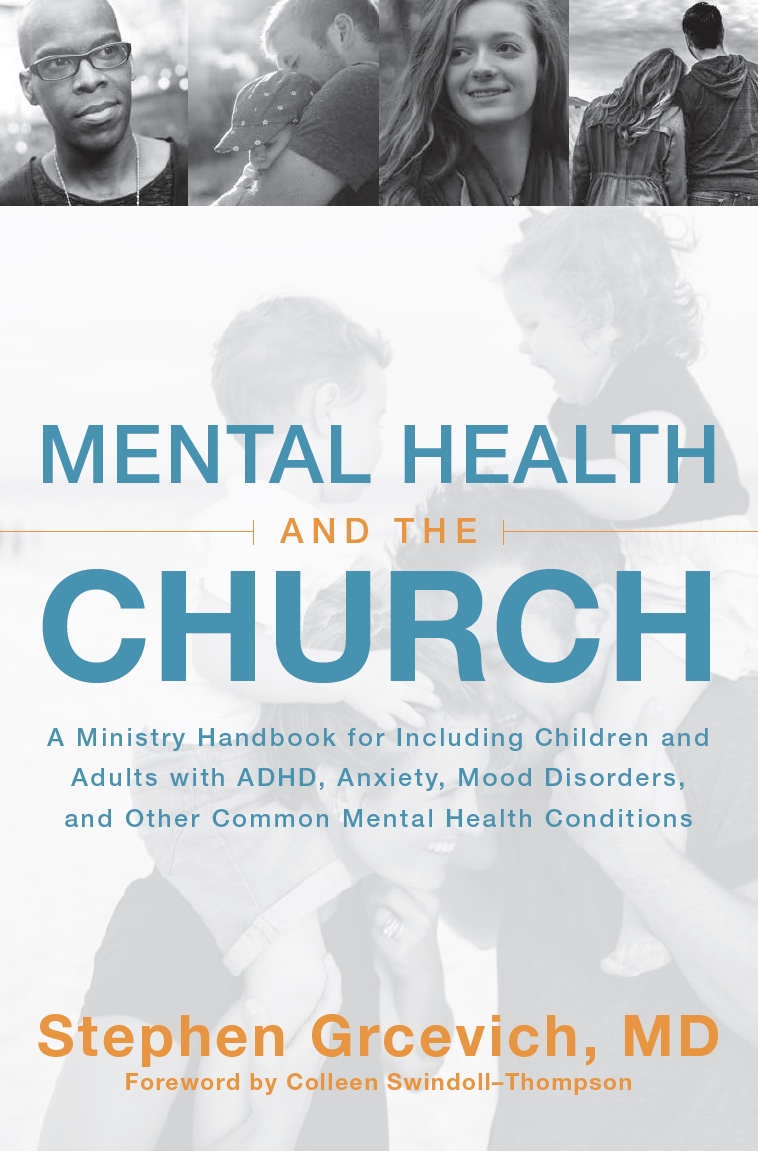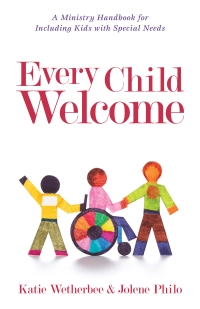 Our current blog series… Dissecting the DSM-5…What it Means for Kids and Families, continues today with a look at changes in how the new criteria treats anxiety disorders.
Our current blog series… Dissecting the DSM-5…What it Means for Kids and Families, continues today with a look at changes in how the new criteria treats anxiety disorders.
The most sweeping changes in the DSM-5 pertaining to anxiety disorders involve the establishment of two new categories of conditions previously classified as anxiety disorders that may share common characteristics with anxiety but are now recognized as stand-alone conditions…Obsessive-Compulsive and Related Disorders, and Trauma and Stressor Related Disorders.
Separation Anxiety Disorder is the most common anxiety disorder among kids ages 12 years and under. Separation Anxiety (along with Selective Mutism) was removed from the category of Disorders Usually First Diagnosed in Infancy, Childhood and Adolescence and included among anxiety disorders. The similarities between separation anxiety and selective mutism and other anxiety disorders led to the decision to include them in this category. Other data leading to the inclusion of separation anxiety was the observation that 0.9-1.9% of adults meet criteria for the condition during any twelve month period.
The DSM includes numerous signs and symptoms of Separation Anxiety in adults. Some of these signs and symptoms include…
- Difficulty leaving the parental home
- Difficulty traveling independently
- Nightmares in which the content expresses the person’s fears upon separation
- Palpitations, dizziness, weakness
- Excessive concern about offspring, spouses and marked discomfort upon separation from them
- Significant disruption to work and social experiences because of the need to repeatedly check on the whereabouts of significant others
Symptoms must be present for a minimum of six months for a child or an adult to meet criteria for Separation Anxiety Disorder. The six month criteria for duration of symptoms is included for most anxiety disorders in order to reduce the likelihood of inappropriate diagnosis.
Changes were also made involving the diagnosis of Panic Disorder. Panic Disorder and Agoraphobia have been separated into two different disorders, because agoraphobia is possible without panic attacks. A panic attack specifier can now be added to another diagnosis when panic episodes occur within the context of another disorder. For example, it’s not unusual in my experience to see kids who experience panic attacks only during episodes of depression-when their mood improves, the panic attacks resolve. Use of the specifier allows for the recognition of a clinical condition that is often an important treatment consideration without the need for the child or adult to be labeled with an additional diagnosis.
Photo courtesy of http://www.freedigitalphotos.net
***********************************************************************************************************
 Key Ministry makes available an Anxiety Disorders Resource Page, including our earlier blog series on anxiety and spiritual development, helpful links and slides from Dr. Grcevich’s 2013 Accessibility Summit presentation. Please share the link with church staff, volunteers and parents who might benefit from the information.
Key Ministry makes available an Anxiety Disorders Resource Page, including our earlier blog series on anxiety and spiritual development, helpful links and slides from Dr. Grcevich’s 2013 Accessibility Summit presentation. Please share the link with church staff, volunteers and parents who might benefit from the information.




